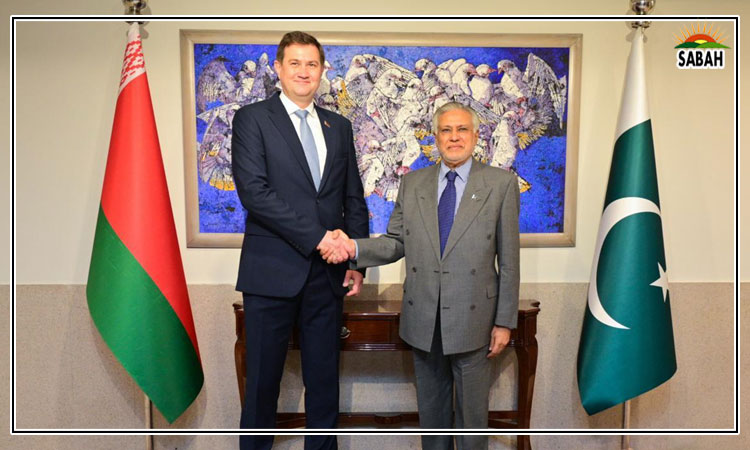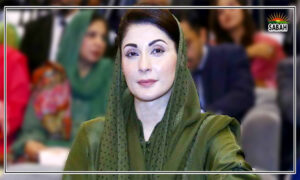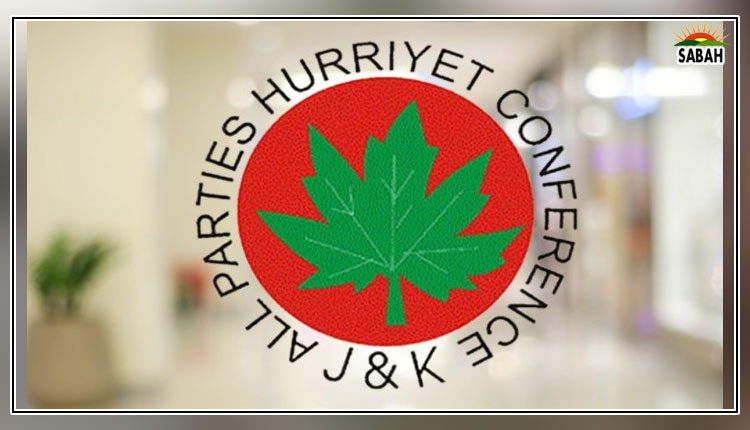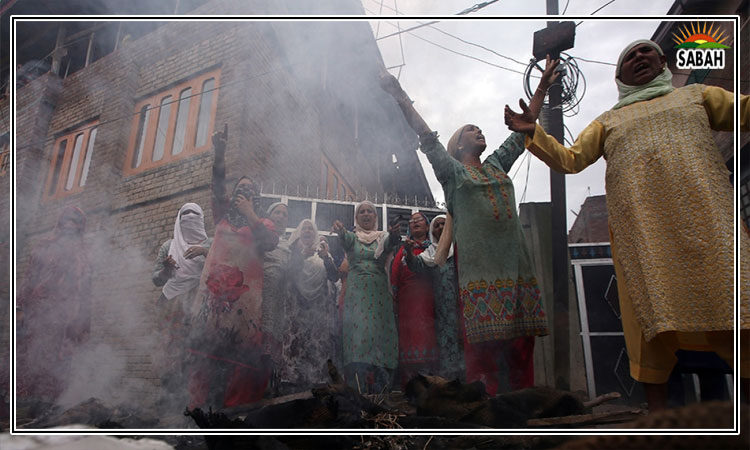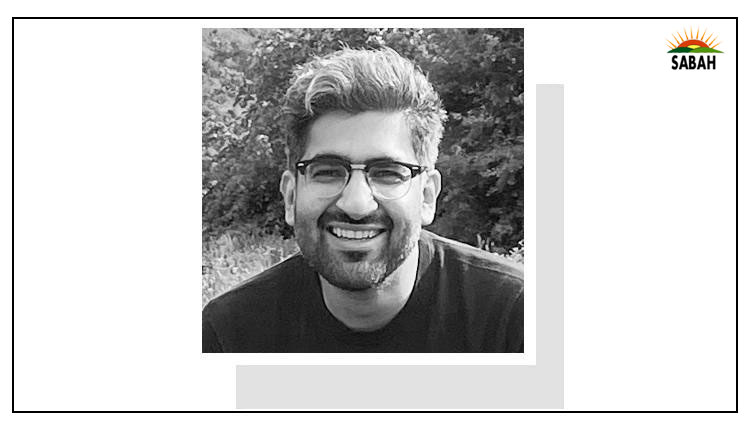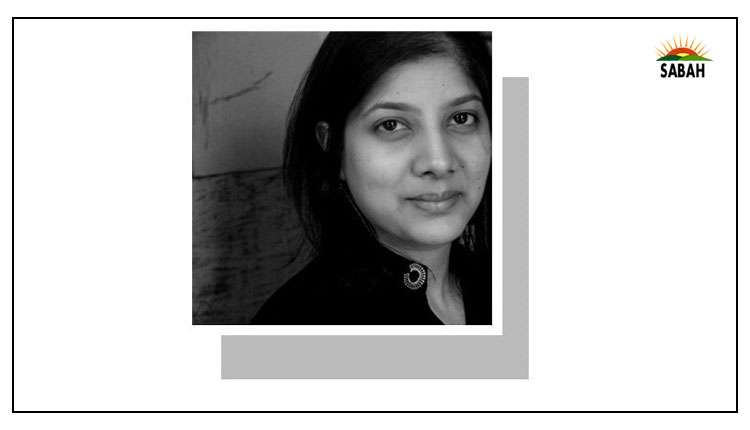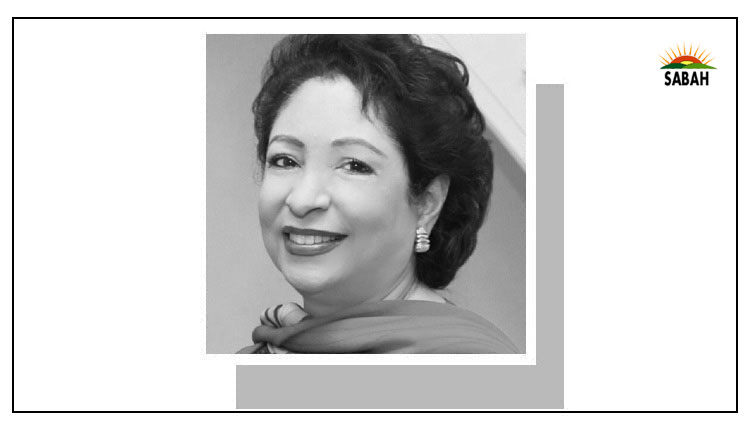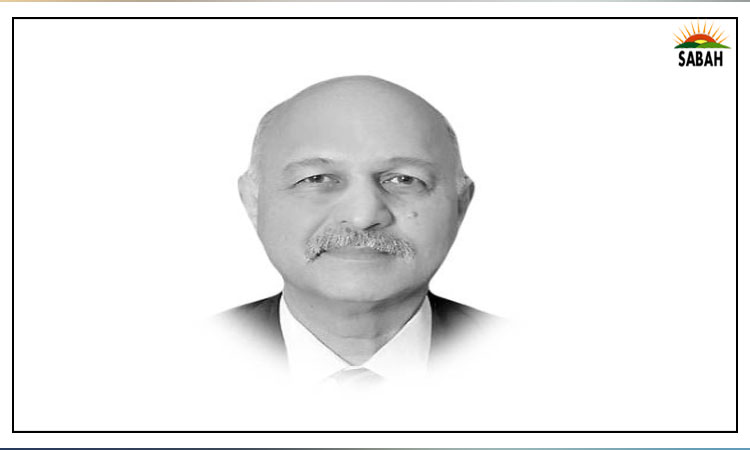Health and manifestos … Zafar Mirza
THE health of the 2024 elections is not too far from the health of the nation. Let’s take a look at the manifestos of the main political parties through a health lens.
To start with, the PTI’s manifesto was not available through their website, which was not accessible at the time this article was being written. After many failed attempts to access the website, I decided to move on — like everyone else! The PTI manifesto references in this article come through secondary sources and hence may be incomplete. I had access to the manifestos published by the PML-N, PPP and the Jamaat-i-Islami (JI).
Although a party manifesto is more of a pretence in our politics, it is nevertheless a tool that can help us understand the vision and mindsets of political leaders and their teams. So, dear reader, the rest of this article is imbued with relativism and will rely on reading comprehension. Thank you for your understanding!
At a time when Pakistan is suffering from a serious public health crisis, admittedly among many other challenges, the health of the people does not emerge as one of the key priorities of our aspiring political leaders. For better appreciation of the health crisis, please see my article ‘Dubious distinctions’ published on these pages on Jan 13, 2023. Having said that, I must quickly add that, overall, the status of health in the aforementioned manifestos was not as bad as I thought — as far as words go. The intentions behind the said words is a different matter altogether. There’s the relativism again!
First of all, none of the parties acknowledged the tragic health conditions our country is so clearly facing — as can be seen from our abysmal national health indicators, which are the lowest in South Asia, and now comparable with those of Sub-Saharan African countries.
The right to health is not properly enshrined in Pakistan’s Constitution to begin with. So, too, was the case with primary education but the 18th Amendment put this right through Article 25A. Health was left out. The good thing is that both the PML-N and PPP have committed themselves to rectifying this. The PML-N has explicitly mentioned amending the Constitution to include the right to healthcare and the PPP has vowed to introduce this right by legislating the Right to Healthcare Act.
Universal health coverage is one of the key targets of the third Sustainable Development Goal and is set to be achieved by 2030. Pakistan’s UHC index for 2022 was 52.7 out of 100. The index is calculated on the basis of 14 select indicators pertaining to access to essential health services. Political parties have not paid heed to achieving this target.
However, the JI has committed itself to the practical implementation of universal healthcare at the legislative level and the PPP has said it will prioritise UHC for primary healthcare (PHC) facilities. The PML-N has promised to provide free-of-cost healthcare services specifically to low- and middle-income households and to vulnerable groups: children, transgender people, senior citizens, and special persons.
One of the fundamental problems in healthcare in Pakistan is the low spending on it by the government — ie, 1.2 per cent of GDP in 2022. The internationally accepted threshold for healthcare spending by governments is at least 5pc of GDP.
In this regard, the PML-N has not made any targeted commitment, while the PPP has set an unrealistic goal to increase healthcare spending to 6pc of GDP or a whopping $20 billion. Mind you, historically, Pakistan’s health budget in terms of percentage of GDP has never touched 2pc. Pakistan only raises about 9-10pc of GDP through taxes. Given the current economic situation, the PPP’s aim to increase the budget for health to 6pc of GDP is a lofty fantasy.
The PTI plans to introduce a unified health card across Pakistan to provide universal health insurance to people — a critical component of UHC. The PML-N also talks about providing universal health insurance, especially to low- and middle-income households, whereas the PPP vows to provide health insurance to workers in the informal sector and their families.
That being said, unhindered population growth — the highest rate in South Asia — and a stagnant total fertility rate are major national issues to consider. Both the PML-N and PPP have dedicated sections on a “sustainable population roadmap” and “population and reproductive health” respectively. The JI, however, does not clearly address family planning.
PHC, with an emphasis on quality and universal access, has also found mention in all the manifestos.
The PML-N has rightly emphasised stunting, which is a huge public health issue that requires multiple and simultaneous development interventions, although most interventions suggested by the party manifestos are nutritional in nature. The intention to improve mental health services and open mental health centres in all districts and tehsil-level hospitals in the country is also expressed. The party also plans to launch clinics-on-wheels for urban slums across the provinces. It aims to increase routine child immunisation to 90pc by 2029.
The PTI wants to develop a comprehensive electronic health records system, and invest in public health initiatives such as vaccination programmes, disease prevention, and health education.
Apart from the points mentioned above, the PPP has also emphasised the digitalisation of healthcare and vowed to introduce reforms in the Drug Regulatory Authority of Pakistan. To its credit, the party has dedicated a separate section in its manifesto to mental health and drug consumption and promises to open mental health centres and provide social protection to mentally ill individuals among other measures.
The JI wants to establish mobile health units and rural health dispensaries for every 5,000 people, with no mention of existing BHUs and RHCs.
In the midst of brutal power plays and moth-eaten democracy, who really cares about party manifestos? Nevertheless, this is what our major political parties are saying about health. Do with this information what you will.
Courtesy DAWN


